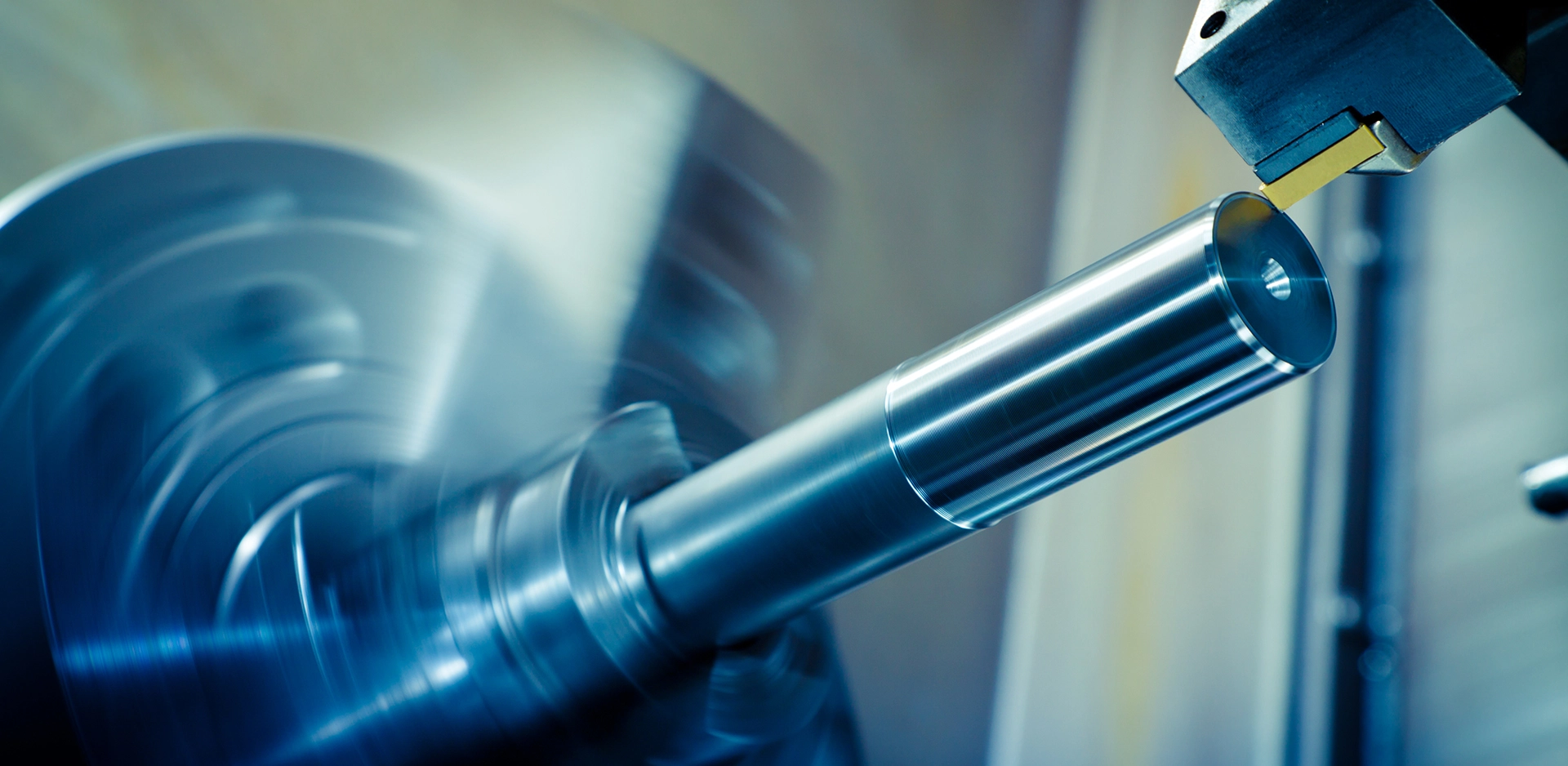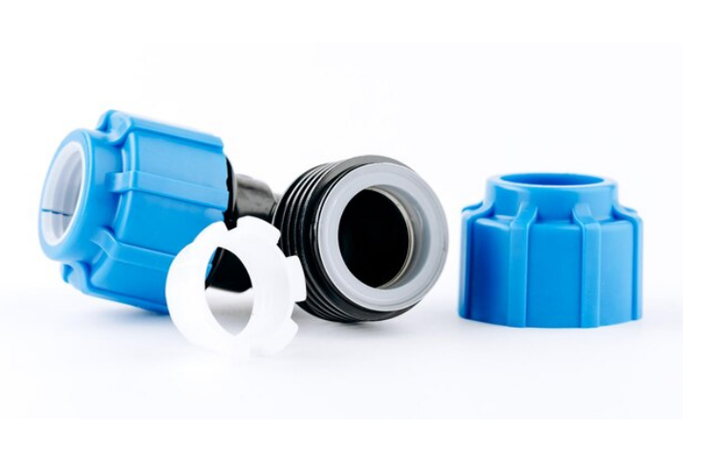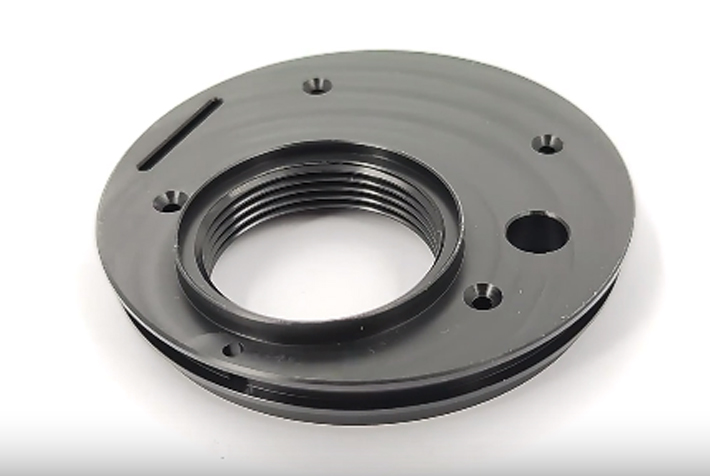
To achieve high precision with POM CNC machining, it is important to consider tool selection, machining parameters, and machine calibration. Advanced software and measurement tools can also help optimize the process. In this article, we will discuss best practices for achieving high precision in POM CNC machining.
Polyoxymethylene (POM) is a high-performance engineering plastic that is widely used in CNC machining parts due to its excellent mechanical properties and high dimensional stability. The advantages of using POM for CNC machining parts include high strength and stiffness, good wear resistance, low friction coefficient, and excellent chemical resistance. These properties make POM an ideal material for manufacturing high-precision components that require high mechanical performance and durability.
POM, known for its high strength and hardness, along with excellent self-lubricating properties, exhibits wide applications in everyday hardware.

1、POM gears are commonly utilized in mechanical transmission systems such as clocks, printers, and toys due to their low friction coefficient and wear resistance, ensuring smooth operation.
2、POM screws and nuts find frequent use in furniture assembly and electronic products. Their chemical resistance and mechanical properties contribute to outstanding performance in connection and fastening applications.
3、POM bearings are extensively employed in sliding door and window tracks, sliding doors, furniture pulleys, and more. Their low friction and high wear resistance contribute to smoother sliding.

4、Handles and switch components made from POM are commonly found in furniture, doors, windows, and electronic products. Examples include door handles, drawer pulls, and switch buttons.
5、Various connecting components benefit from POM material, suitable for manufacturing fast connectors, pipe joints, etc. Its excellent mechanical performance and chemical resistance make it a reliable choice for connection applications.

Taking the example of a POM flange with the specifications φ92.5*17.5*M40, our design engineers utilize CAD software for detailed design based on specifications and requirements provided by the customer. They determine the geometric shape, dimensions, and characteristics of the flange, including diameter, thickness, thread size, etc. Considering the application environment, engineers select suitable POM materials for the flange. Our procurement team contacts high-quality suppliers to purchase premium raw materials. Upon receiving the materials in the warehouse, production personnel proceed with material issuance after conducting quality inspections to ensure compliance.
Our manufacturing engineers develop CNC machining programs, write instructions, instructing CNC machines on how to operate, cut various contours, hole positions, and dimensions of the parts, and perform thread processing. Depending on requirements, surface treatments such as polishing may be applied to the POM flange to meet specific appearance or performance criteria. Quality personnel conduct initial inspections and ongoing inspections during the machining process to ensure quality throughout production.
After the machining is completed, quality personnel perform a quality control check. Measurement tools such as calipers and gauges are used to verify whether the dimensions of the flange meet the design requirements. Simultaneously, they inspect the surface finish and thread quality. Once confirmed as compliant, packaging personnel proceed to pack and ship the product.


